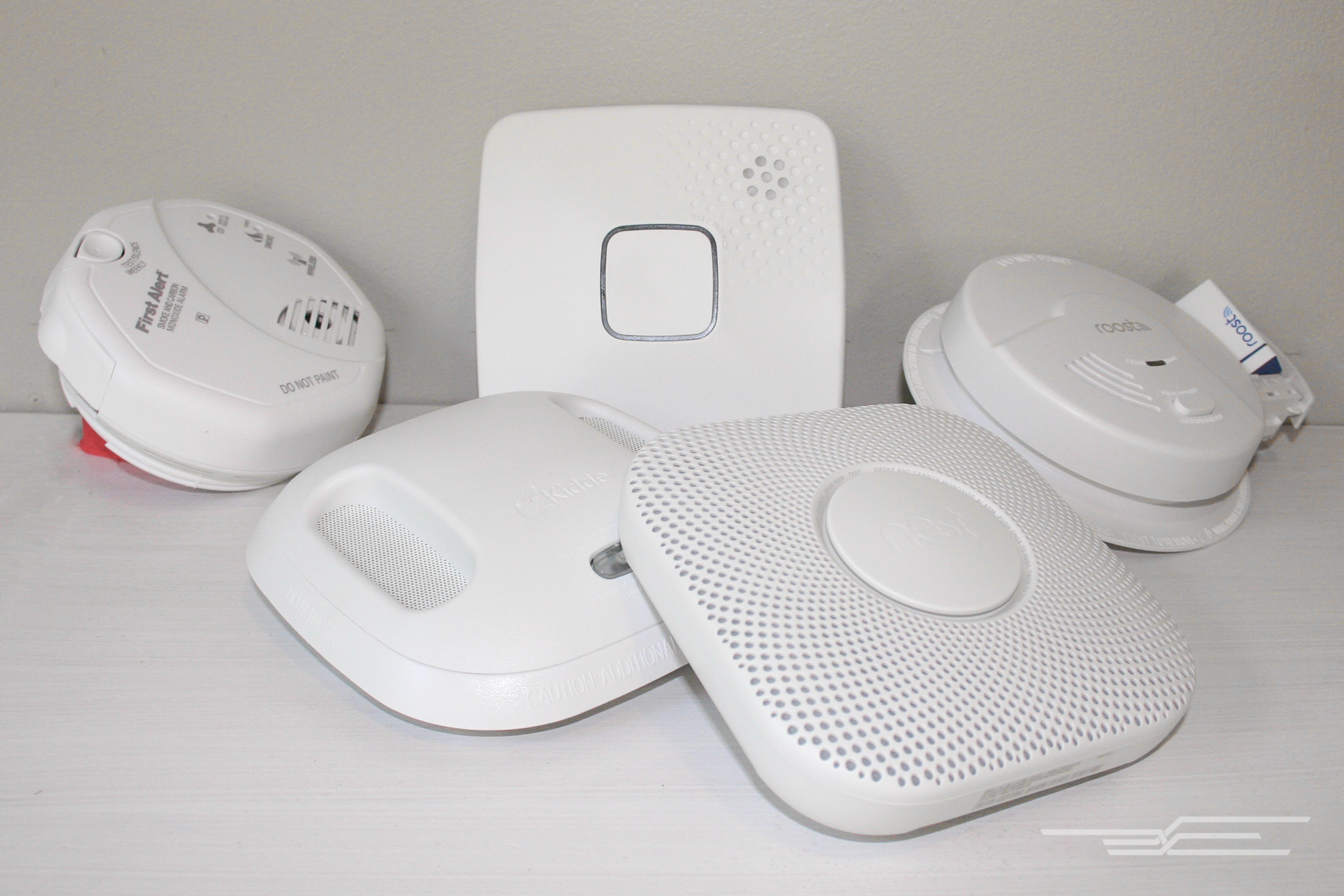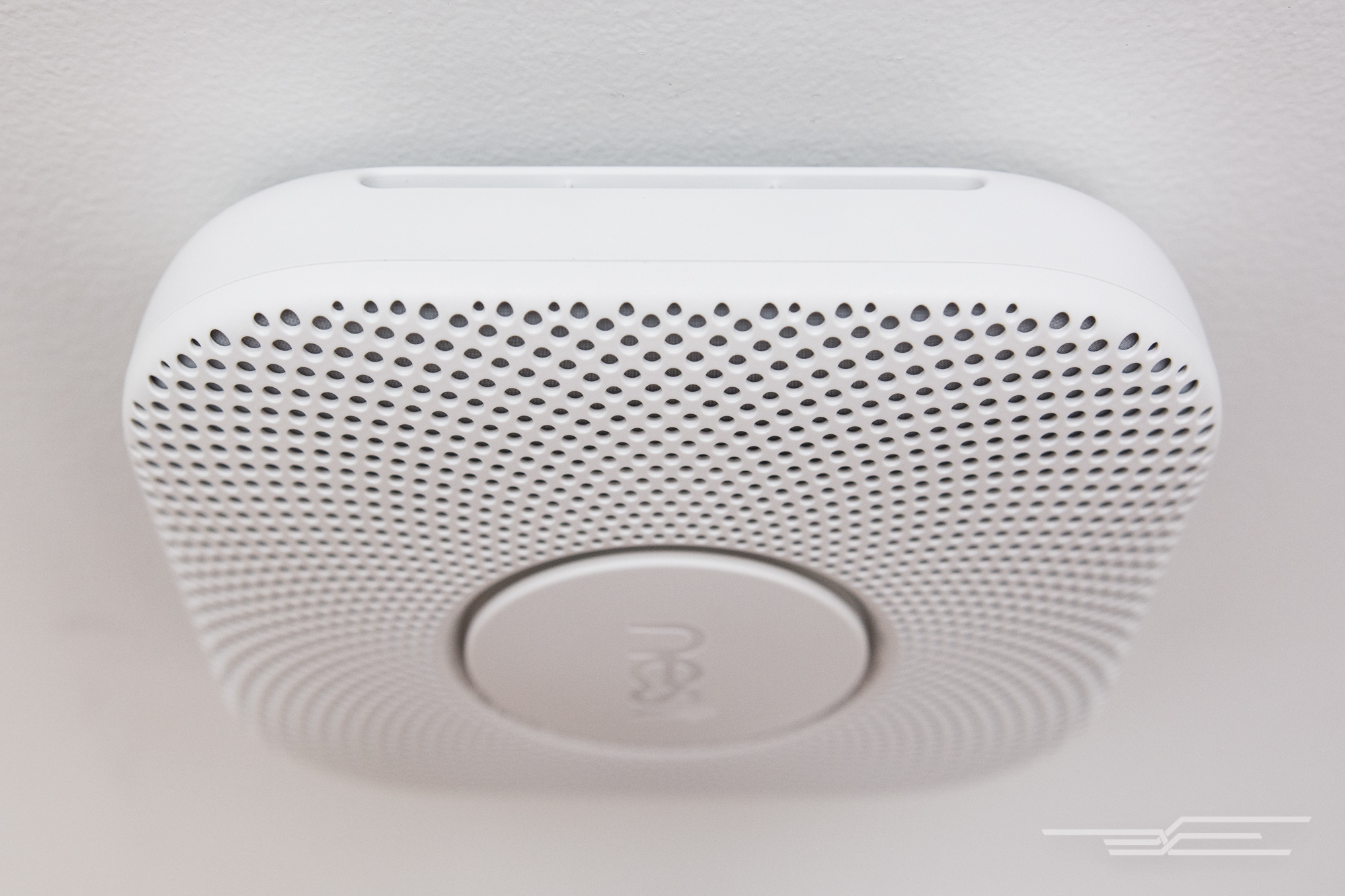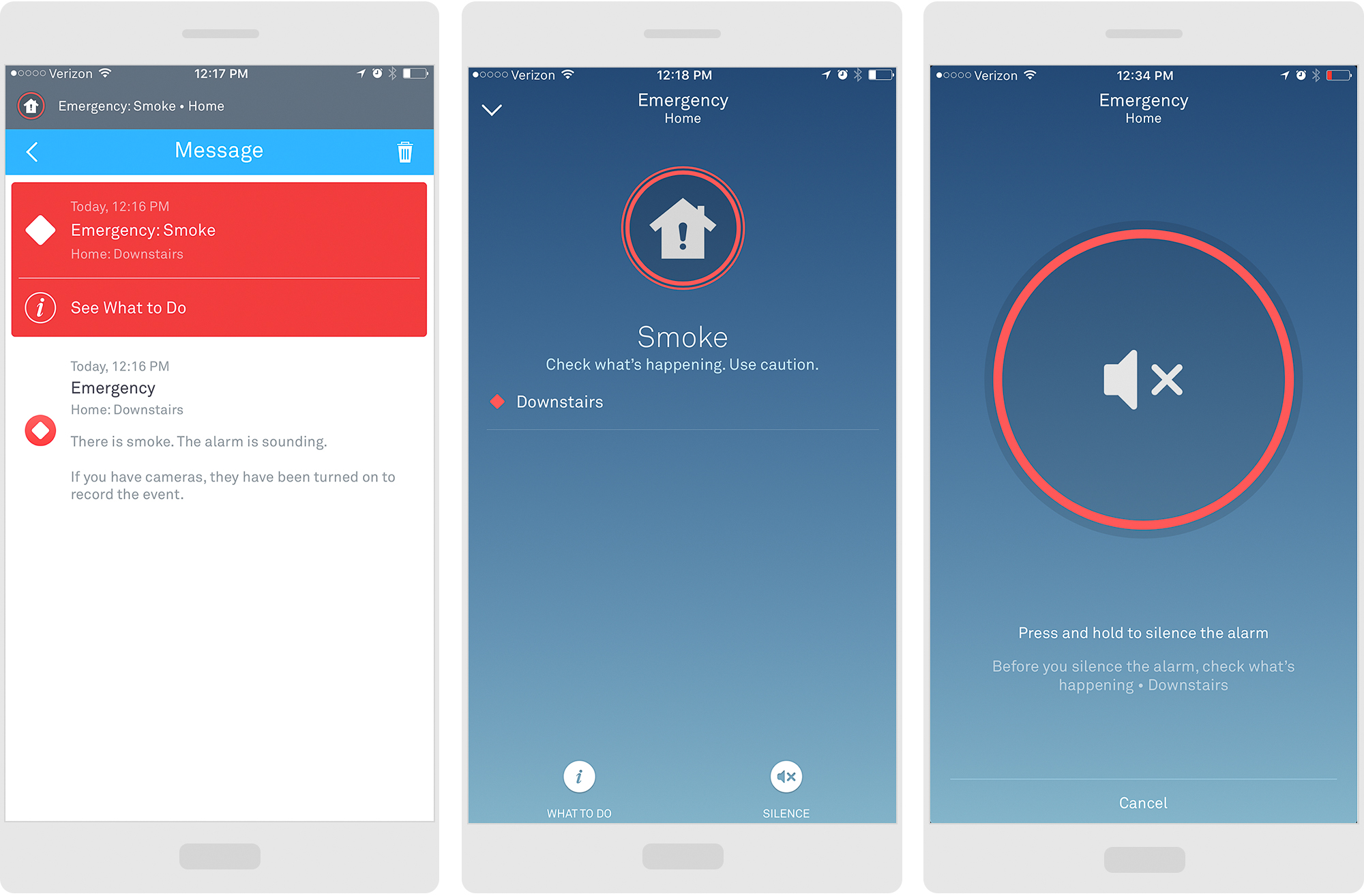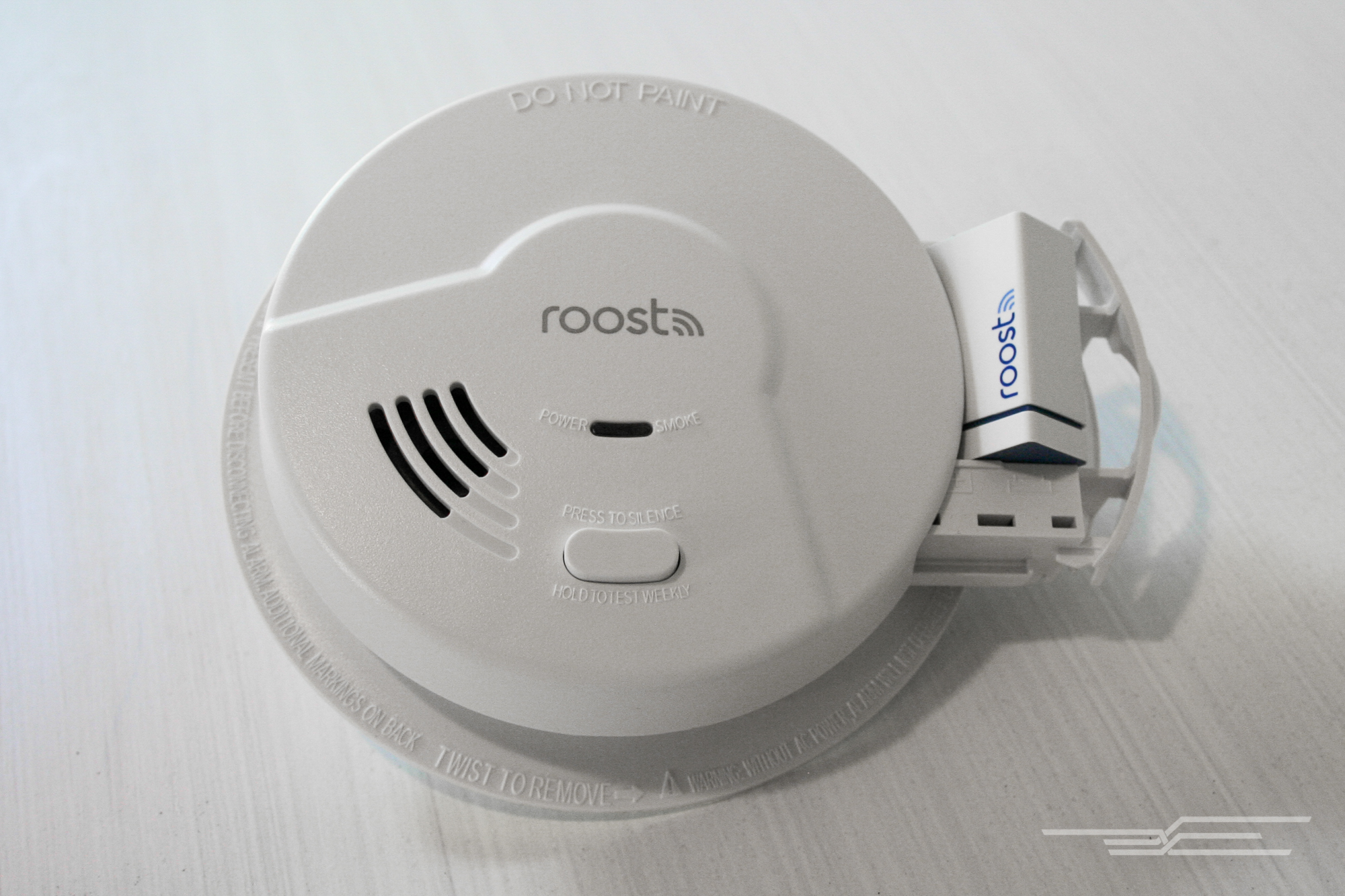By Jennifer Pattison Tuohy
This post was done in partnership with The Wirecutter, a buyer’s guide to the best technology. When readers choose to buy The Wirecutter’s independently chosen editorial picks, it may earn affiliate commissions that support its work. Read the full article here.
We can’t overstate the importance of having functioning, reliable smoke detectors in your home. From 2007 through 2011, almost a quarter of all home fire-related deaths in the US occurred in homes with nonworking smoke alarms. Though any functioning smoke alarm will alert you to problems if you’re at home, a smart alarm can alert you anywhere your smartphone has an Internet connection. After extensive testing by a former firefighter, we found that the second-generation Nest Protect smoke and carbon monoxide alarm is the best smart smoke alarm.
Who this is for
Among all the smart-home devices available today, a smart smoke alarm is probably the most important and the one that even smart-home skeptics should consider. The primary task of any smoke alarm, smart or not, is alerting you to potential danger. A smart alarm will do so even when you’re not home, and for most people, that should make such an alarm worth its price. Whether you’re across the street or across the country, a smart alarm will let you know (via your smartphone) when it detects smoke in your home.
How we picked and tested

A smart smoke alarm should alert you on your smartphone when it senses smoke, as well as tell you which room is in danger; it should also include intelligent low-battery alerts and remain easy to silence safely from the app. Some other features worth having include voice alerts, self-testing and reporting, and the ability to reach an emergency-contact person automatically if you don’t respond. Most important, an alarm should connect wirelessly with other alarms in the home, or come in a hardwired version that you can wire to other alarms, so that when one alarm senses danger all alarms in the house will sound.
Because your safety is at stake, for us to even consider a smoke alarm for testing, it had to meet UL standards for smoke and carbon monoxide (CO) detection. UL (formerly Underwriters Laboratories) is a safety consulting and certification company that has been keeping Americans safe for more than 100 years by drafting standards for the electrical devices and components people use every day.
We wound up testing seven smart fire alarms and similar devices that included options that met our requirements.To test these devices, we put them in a two-story, detached home. We installed both battery-operated and hardwired versions (where available) and used their self-testing features to evaluate the effectiveness of their smart alerts and wireless interconnectivity capabilities. Additionally, we simulated smoke with each device to determine how well the alert features worked in a “real-life” scenario.
We evaluated each device’s companion app, and connected the devices to any smart-home systems they were compatible with and evaluated the effectiveness and usefulness of any added features.
Our pick

The second-generation Nest Protect smoke and carbon monoxide alarm is the best smart smoke alarm for everyone because it reliably and calmly alerts you to potential danger whether you’re home or away, before the actually loud and grating alarm kicks in. It also informs you of problems such as a device malfunction or low batteries without waking you up at 2 a.m. It lets you silence nuisance alarms through its app—so you’re less likely to disable it in a fit of annoyance. On top of that, it interconnects with other Protects to sound the alarm throughout your home, and it integrates with your smart-home system to further mitigate the dangers of a fire or carbon monoxide event.
The Protect’s sensors can detect carbon monoxide, heat, humidity, room occupancy, and ambient light. It also has the Split-Spectrum Sensor, a sensor unique to Nest that, though photoelectric, promises to detect fast-burning fires more quickly than traditional photoelectric sensors do. To learn more about ionization and photoelectric sensors, see our full guide.
Perhaps most important, the Protect self-tests its functions every 200 seconds, in addition to performing a sound check once a month to test its speaker and horn. Colored status lights (green for good, yellow for problems) let you know the Protect is working properly. Although a couple of the other smart alarms we tested conduct self-checks, none of them do so in a way that’s so visible to the user. For example, the First Alert Onelink battery-powered alarm is completely dark at all times unless there’s an emergency, a design that often led us to wonder whether it was working at all. In contrast, if your Nest Protect is glowing yellow, it will announce what’s wrong, or you can look at the app to see what the issue is. That type of peace of mind is worth a lot in our opinion.

Budget pick

If notifications when you are away from home are your main priority, a Roost Smart Battery is an excellent, inexpensive choice. This 9-volt smart battery is not a smoke alarm itself, but thanks to its built-in microphone and Wi-Fi chip, it can turn any smoke alarm powered by a 9-volt battery or hardwired with a 9-volt backup into a smart one. Roost’s smart functions are also available in two hardwired alarm models, one for smoke only and another for smoke and CO, both with the Roost battery included. The biggest flaw in the system is its lack of wireless interconnectivity between battery-powered alarms, but the Roost makes it easy and cheap to add whole-house interconnectivity to a wired system with a single battery or device.
Once connected with the Roost app, the battery will send you alerts when the alarm goes off. Because you tell the battery upon installation where it’s located, it can tell you where the danger is, and it will send you an alert when the alarm stops, so you know whether the danger has passed. You can silence any battery-only alarm from your phone (though you can’t do the same with hardwired alarms), and you have no need to worry about 2 a.m. battery chirps—you’ll get a notification long before the battery runs out.
This guide may have been updated by The Wirecutter. To see the current recommendation, please go here.
Note from The Wirecutter: When readers choose to buy our independently chosen editorial picks, we may earn affiliate commissions that support our work.








Pingback: Self Installed Home Alarm Systems | News: Breaking stories & updates